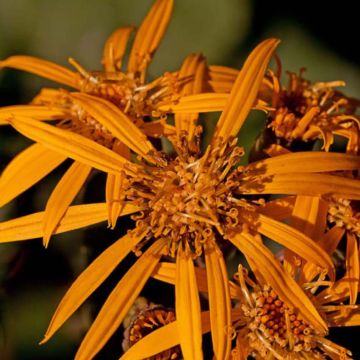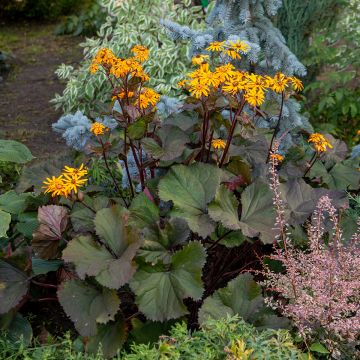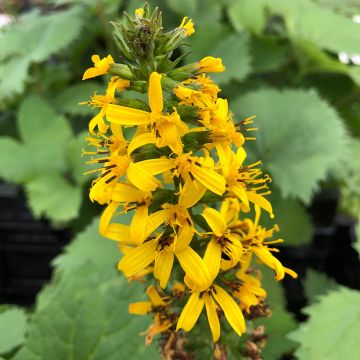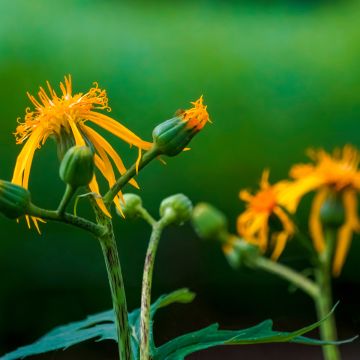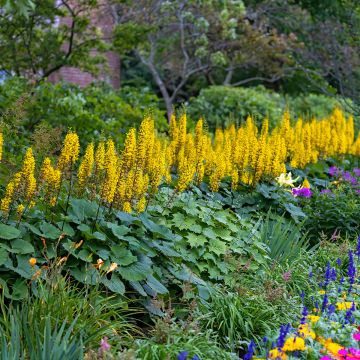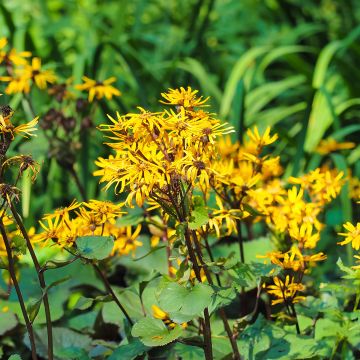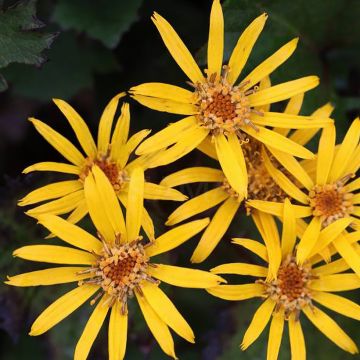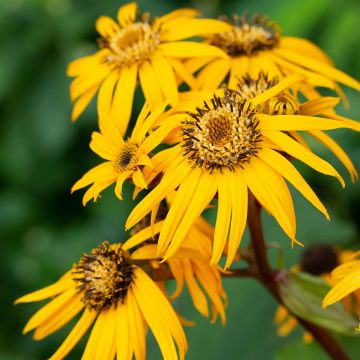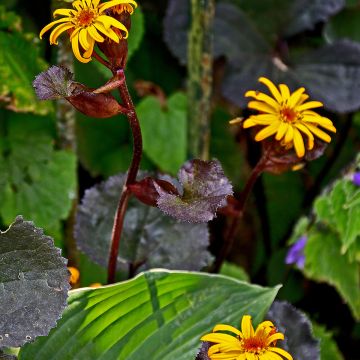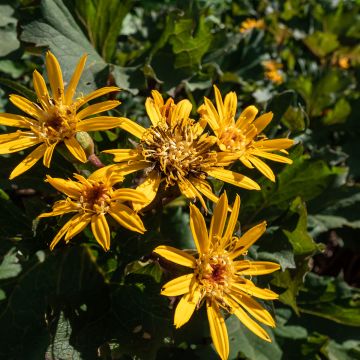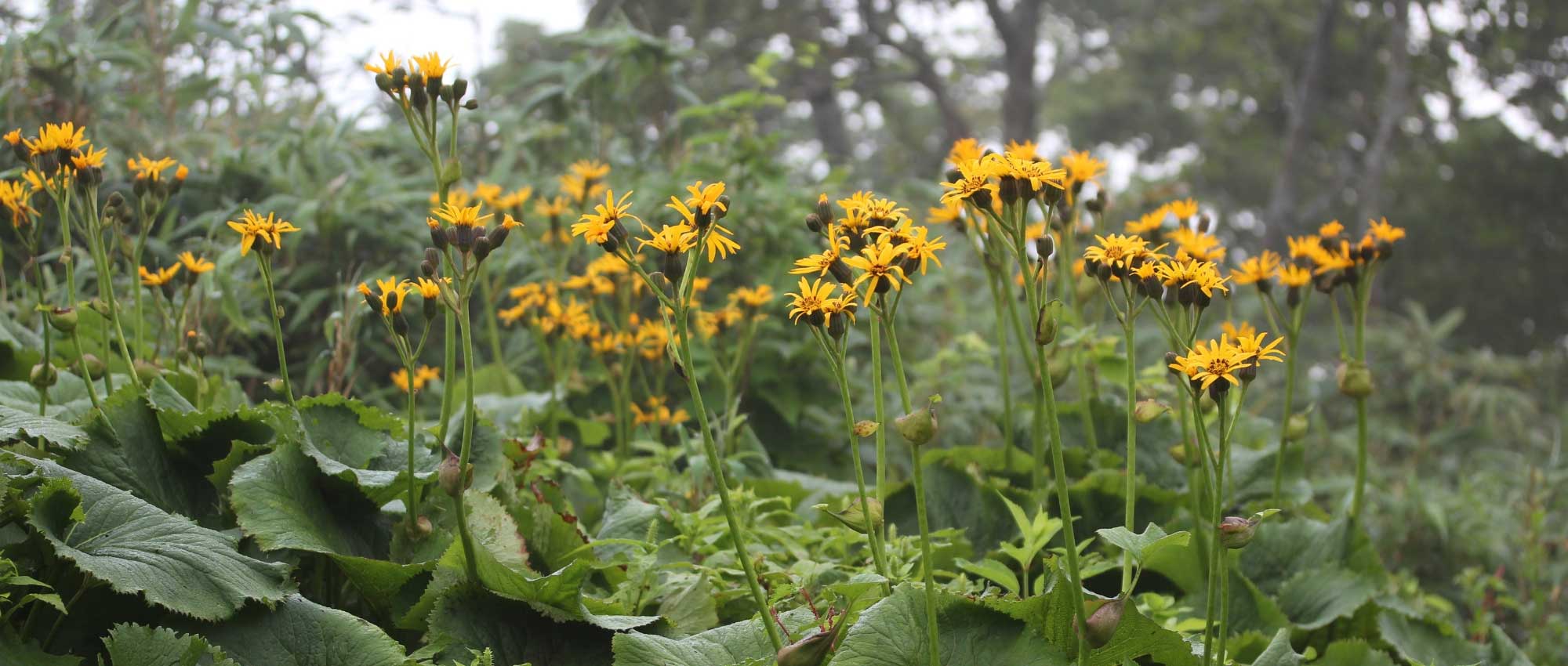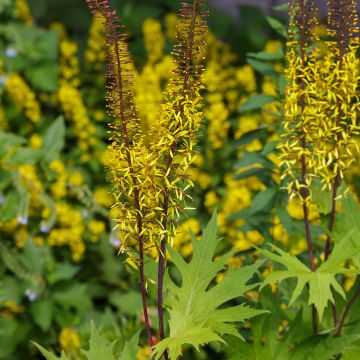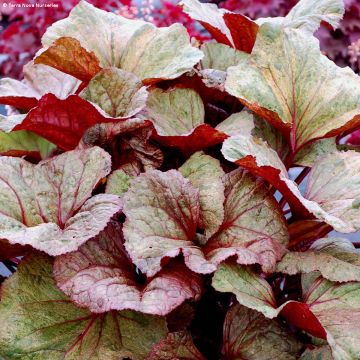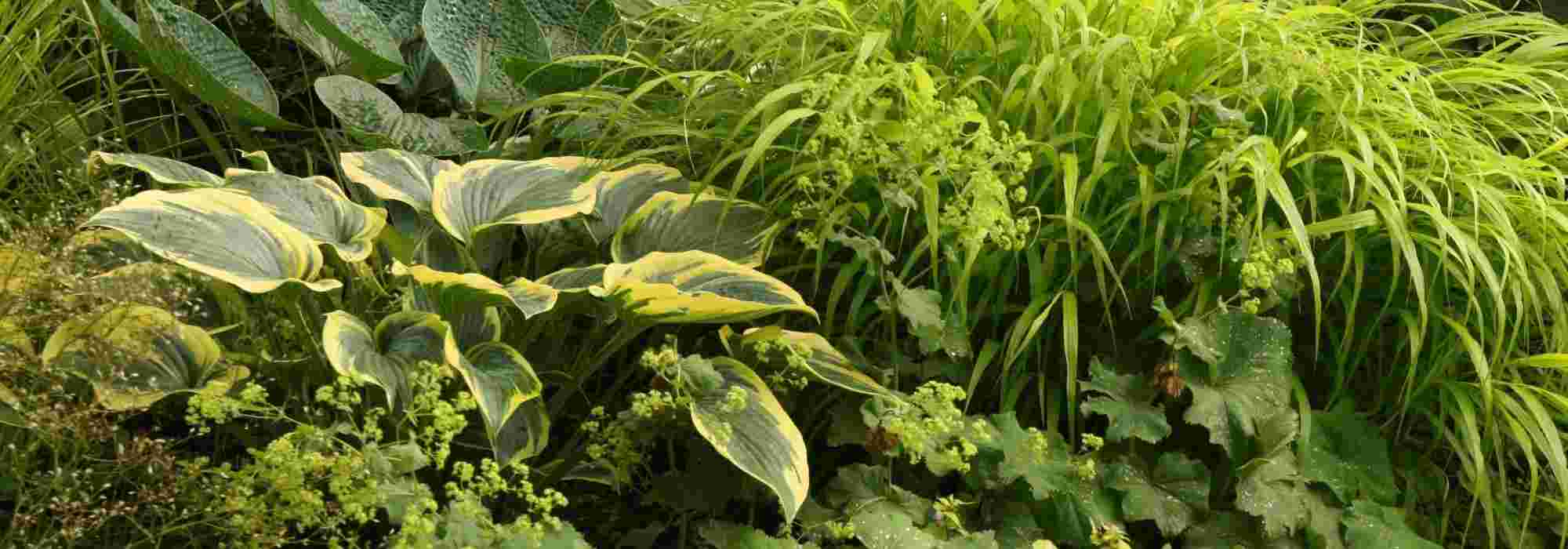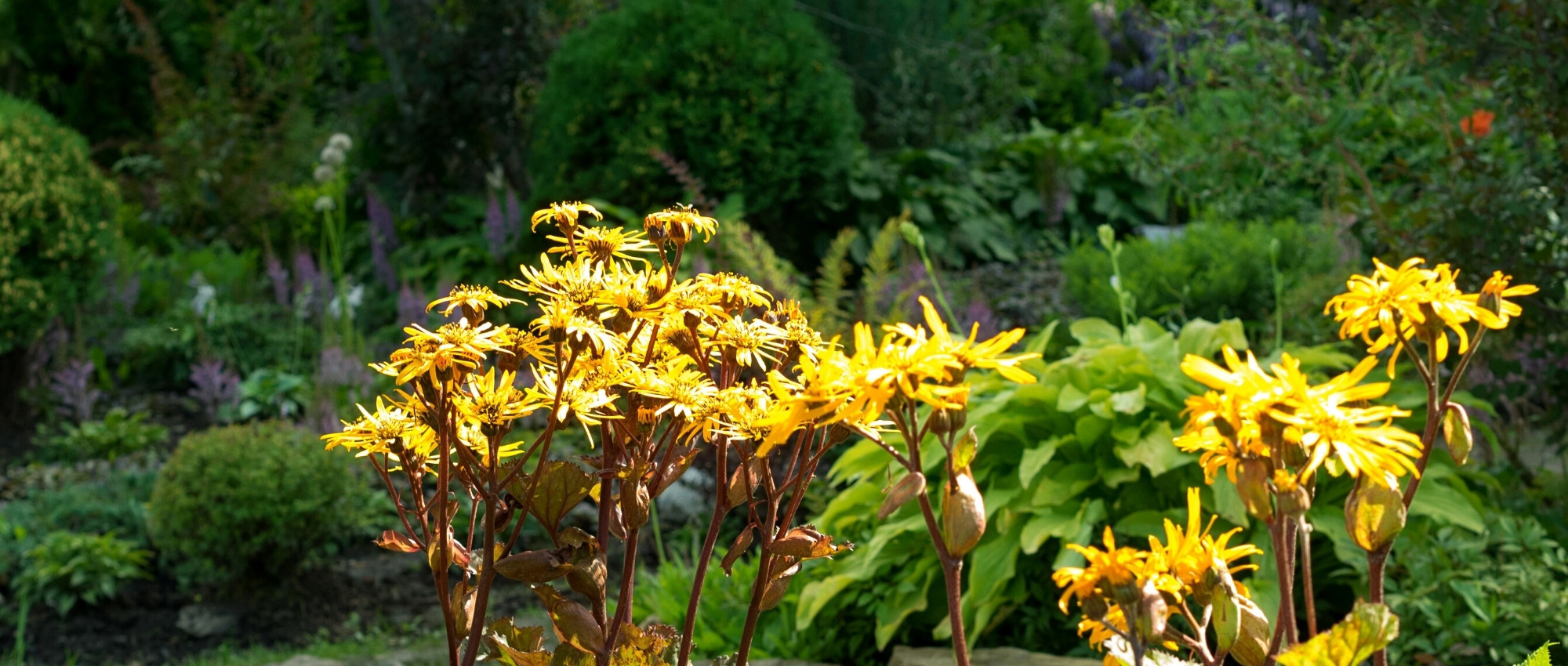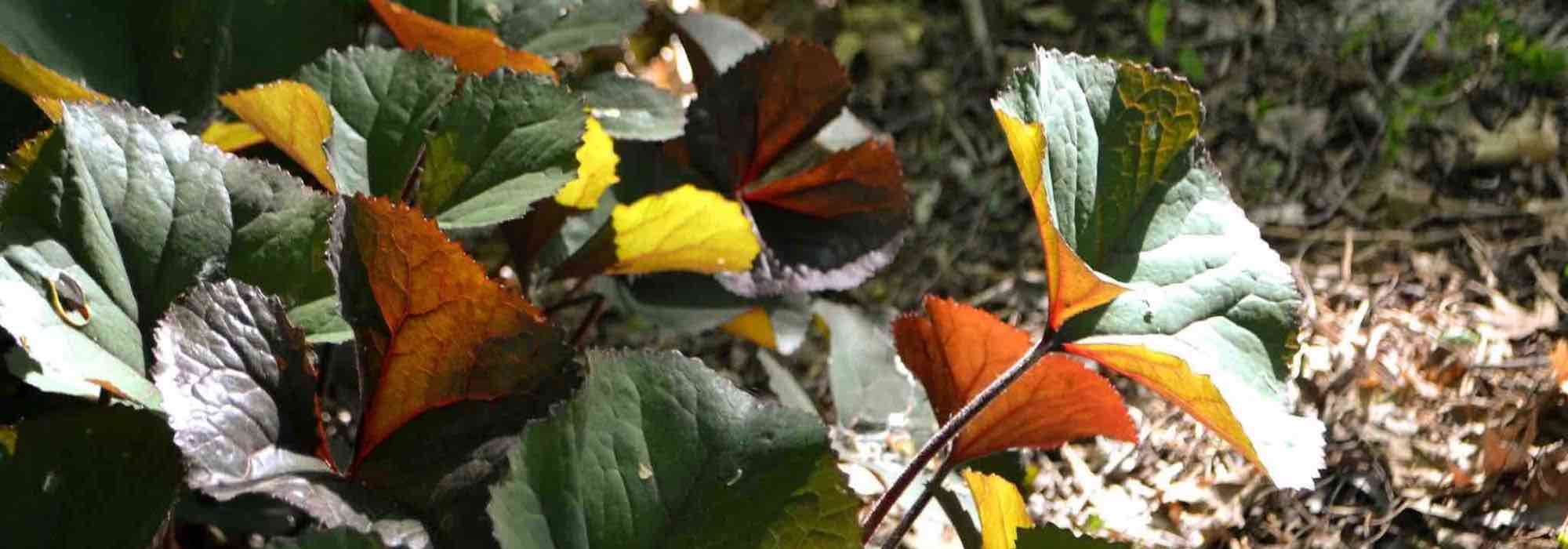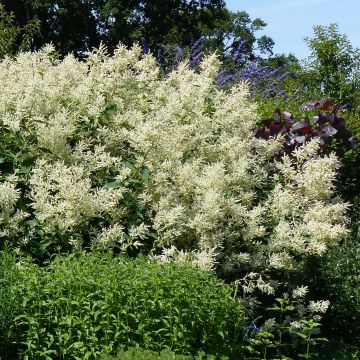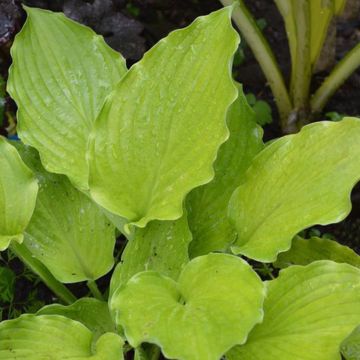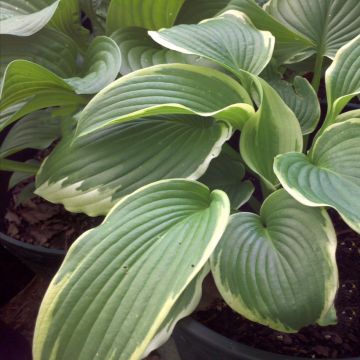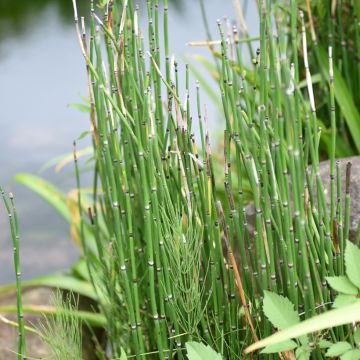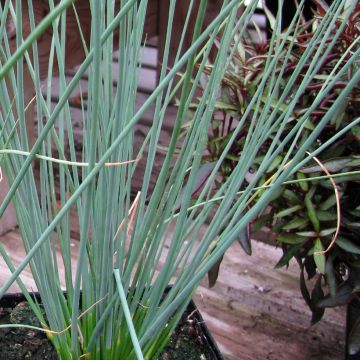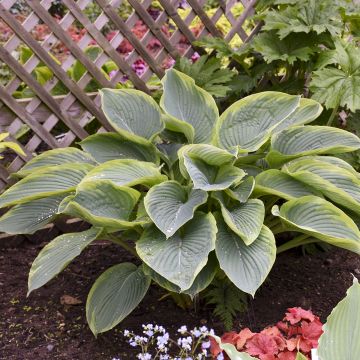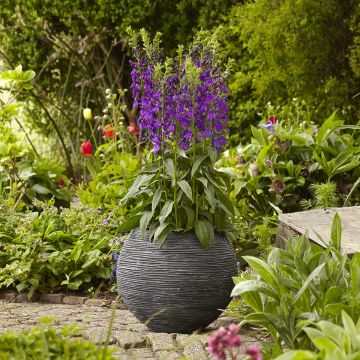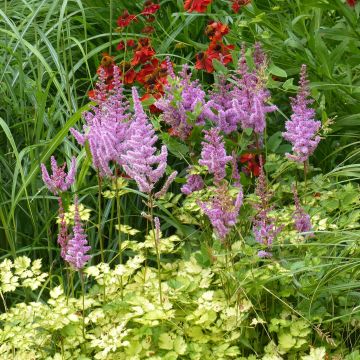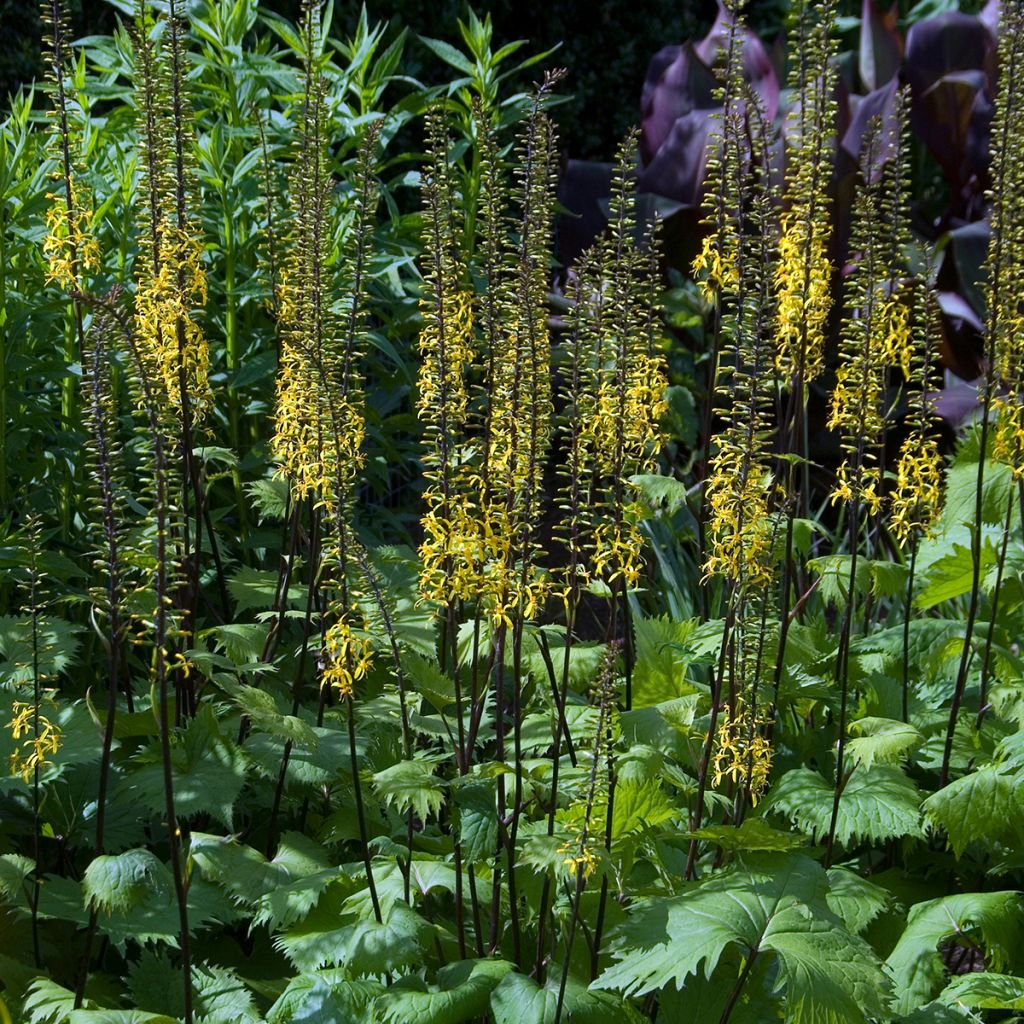

Ligularia stenocephala - Leopard Plant
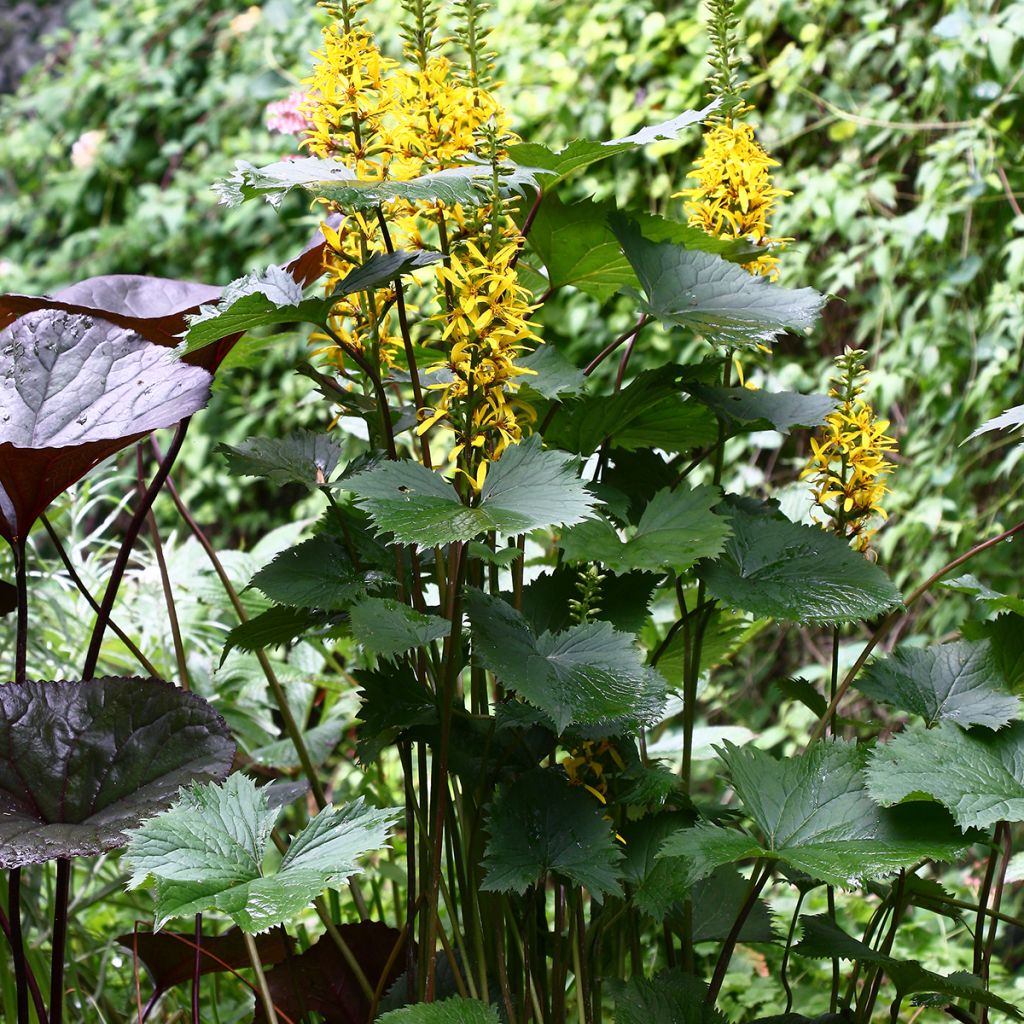

Ligularia stenocephala - Leopard Plant
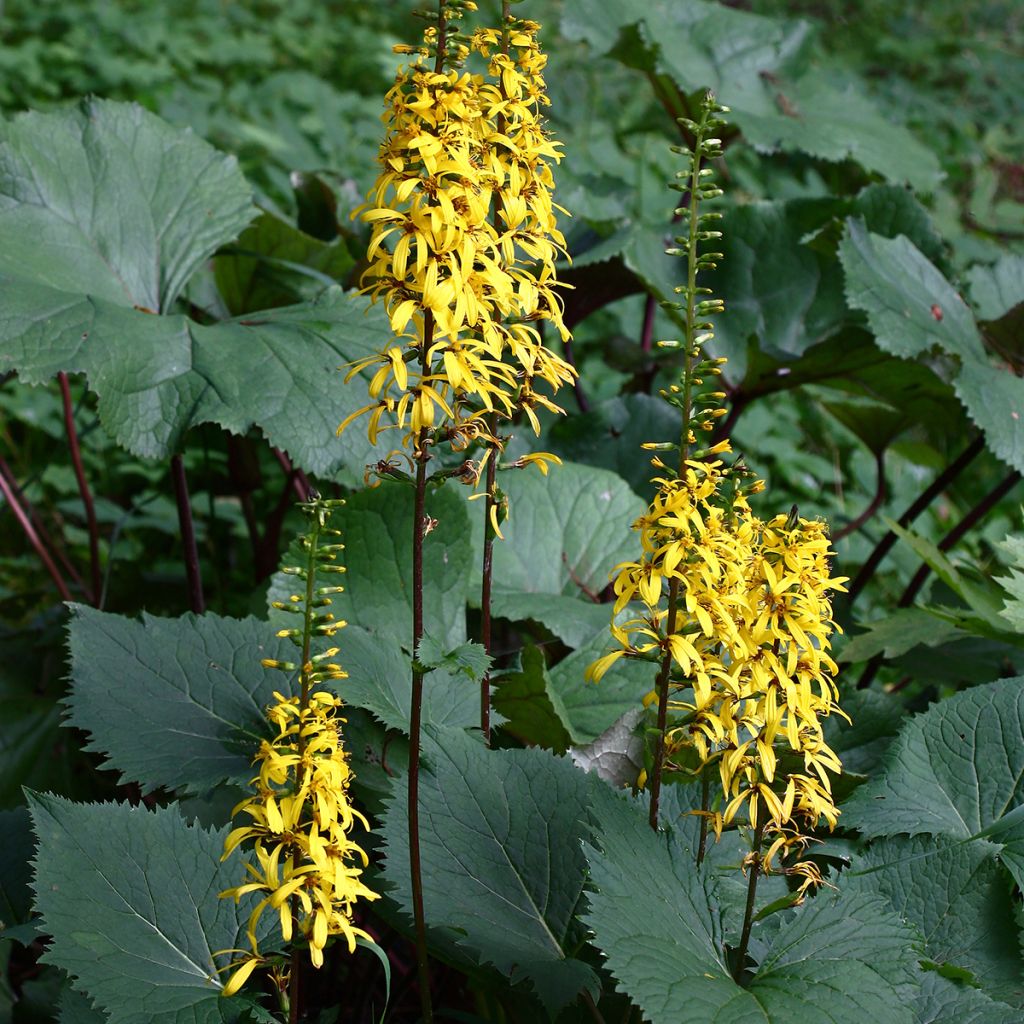

Ligularia stenocephala - Leopard Plant
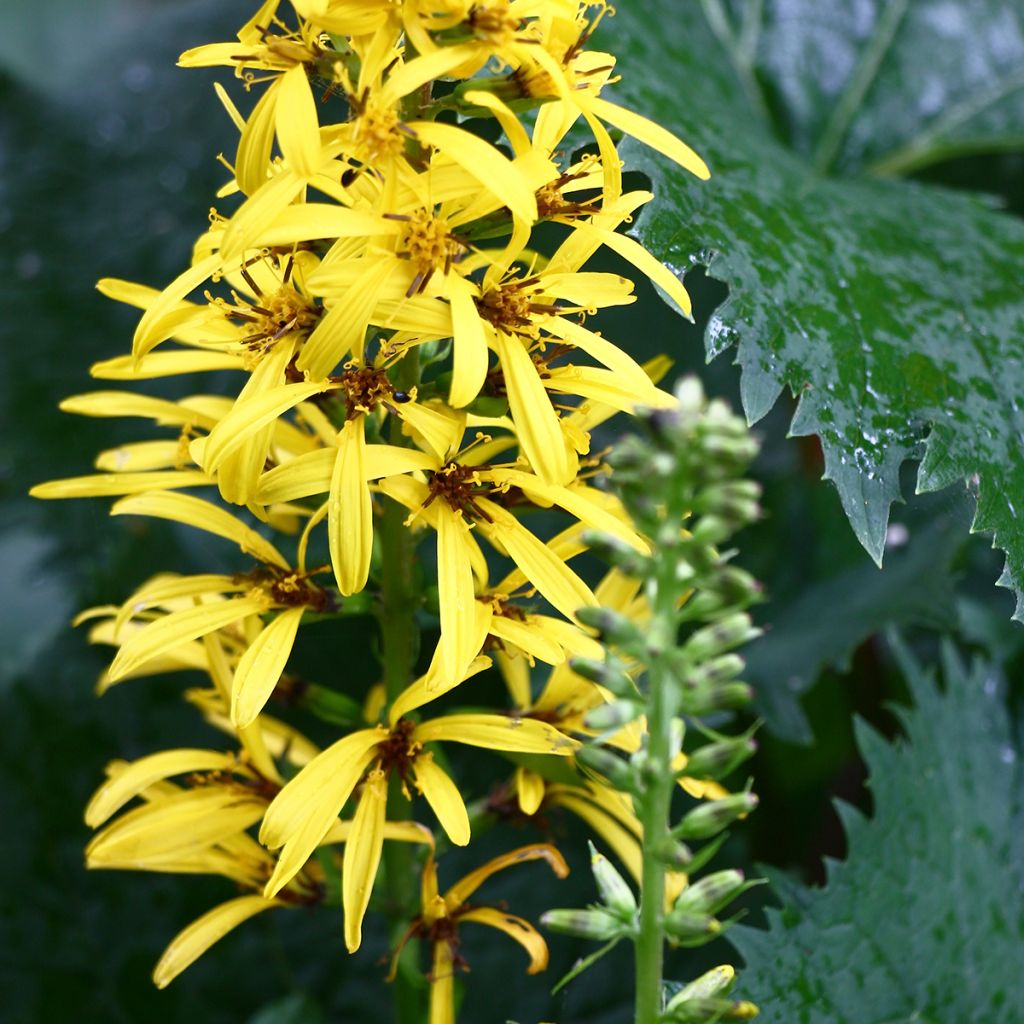

Ligularia stenocephala - Leopard Plant
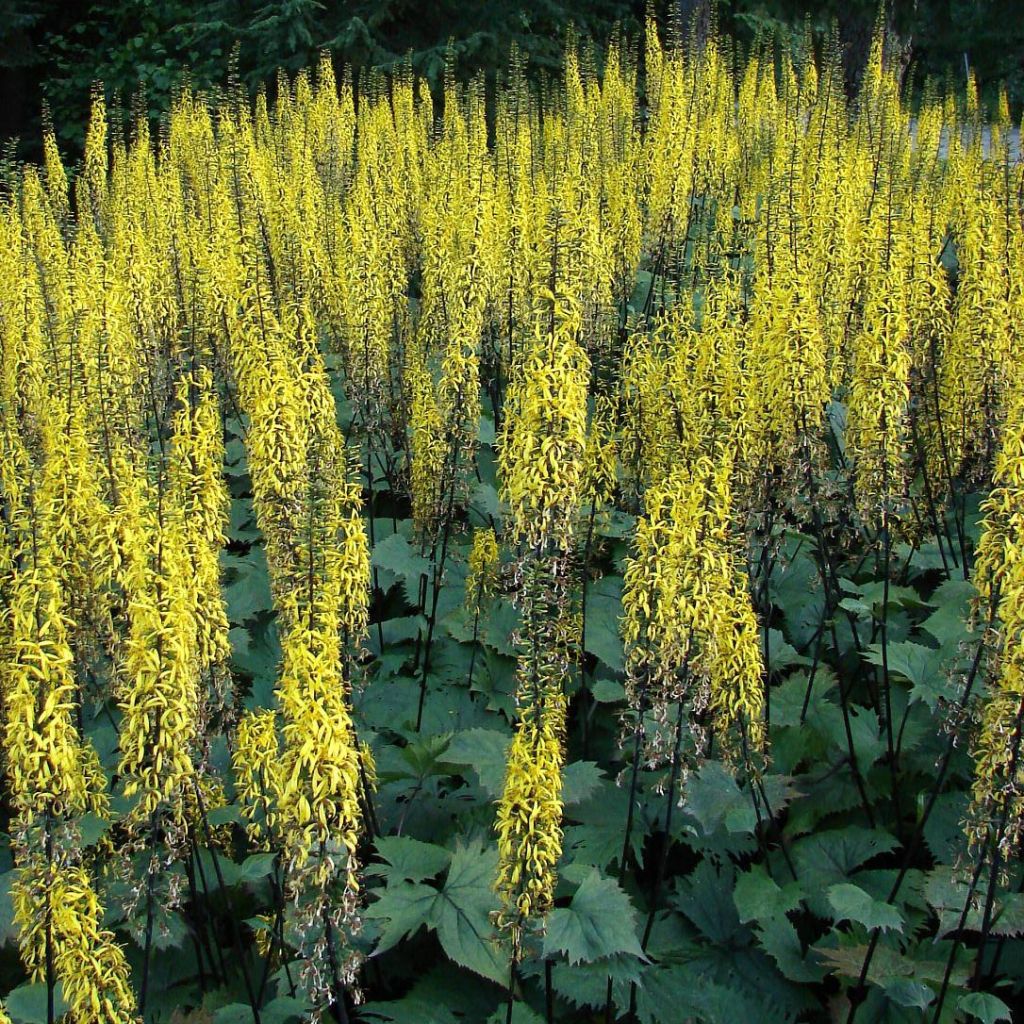

Ligularia stenocephala - Leopard Plant
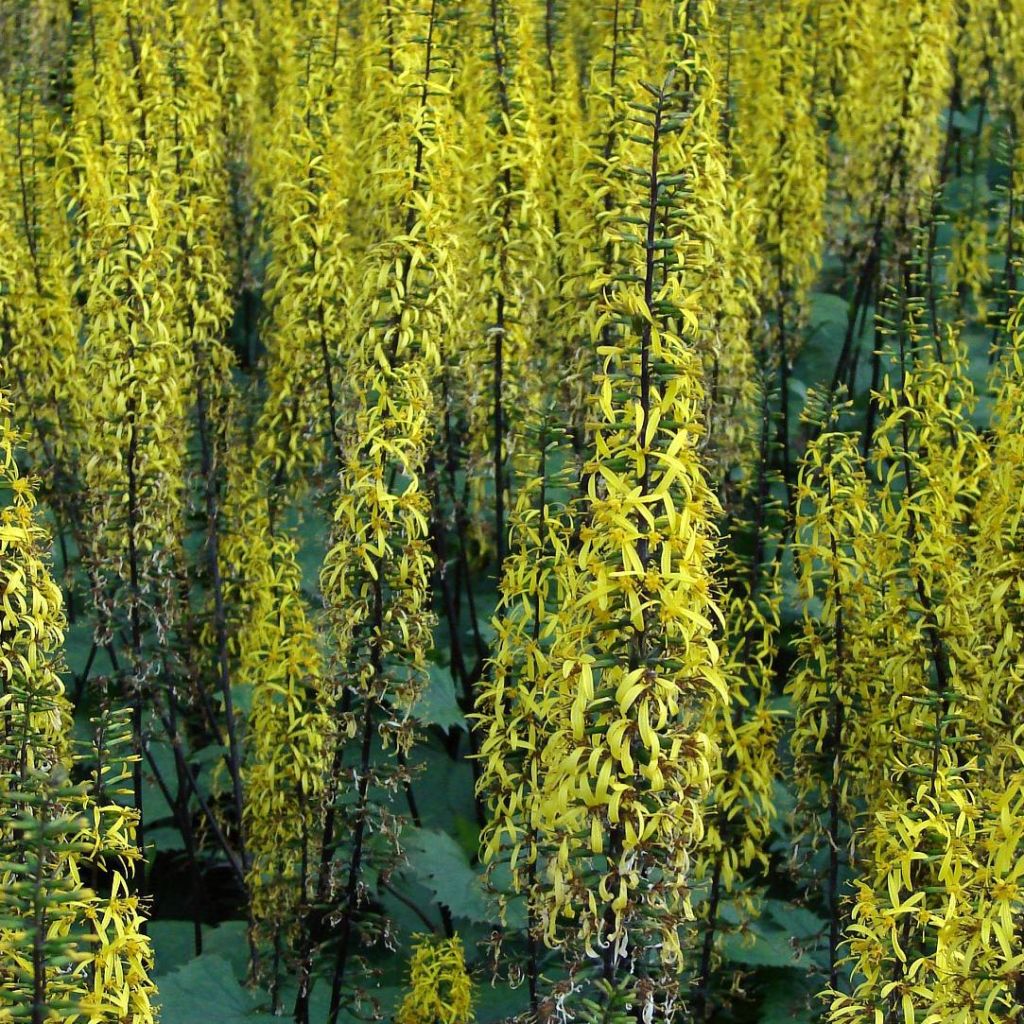

Ligularia stenocephala - Leopard Plant
Ligularia stenocephala - Leopard Plant
Ligularia stenocephala
Narrow-headed Leopard Plant
Second purchase of this young plant that brightens up shady areas with its floral spikes and distracts with its cut foliage.
Philippe B., 06/05/2018
Special offer!
Receive a €20 voucher for any order over €90 (excluding delivery costs, credit notes, and plastic-free options)!
1- Add your favorite plants to your cart.
2- Once you have reached €90, confirm your order (you can even choose the delivery date!).
3- As soon as your order is shipped, you will receive an email containing your voucher code, valid for 3 months (90 days).
Your voucher is unique and can only be used once, for any order with a minimum value of €20, excluding delivery costs.
Can be combined with other current offers, non-divisible and non-refundable.
Why not try an alternative variety in stock?
View all →This plant carries a 12 months recovery warranty
More information
We guarantee the quality of our plants for a full growing cycle, and will replace at our expense any plant that fails to recover under normal climatic and planting conditions.
Does this plant fit my garden?
Set up your Plantfit profile →
Description
Ligularia stenocephala is a superb Ligularia, spectacular in wet and shady areas. This perennial first produces a luxuriant clump of large, round and toothed leaves which are shiny, dark green and very ornamental. Then, in the second half of summer, it produces long flower stalks, bright yellow, grouped in slender pyramidal clusters, on almost black stems. A robust perennial with large growth, loving moisture, shade and humidity, this Ligularia is a structural and luxuriant plant, which grows beautifully next to water.
Ligularia stenocephala is a herbaceous perennial belonging to the Asteraceae family, although it looks very different from asters and sunflowers. It is a botanic species native to China, Japan and Taiwan. This vigorous plant will reach 1.50m (5ft) to 1.80m (6ft) in height when flowering, with a diameter of 90 cm (35in) to over 1m (3ft). It forms a dense and compact clump, with very large deciduous leaves, triangular or heart-shaped, reaching 40 cm (16in) in length and 30 cm (12in) in width, bordered by irregular sharp teeth, leathery and toothed. The upper side of the leaves is dark green and shiny. From June to August, even until September, long blackish stems rise above the foliage, carrying large thin clusters called racemes, composed of numerous and tiny yellow daisies with an orange centre, slightly fragrant, 2 to 4 cm (1 to 2in) in diameter. The flowers of this Ligularia attracts many pollinating insects.
Of great longevity, vigorous and very resistant to cold, this Ligularia loves moist, even clay soils, and partial shade, even complete shade. Forming an imposing mass, its foliage will make an impression in the garden. It will naturally find its place at the edge of a water feature (pond, ditch, basin, stream...). It will also be interesting in flower beds or mixed borders to which it brings structure and verticality, tolerating even a relatively sunny position, as long as the soil remains moist and cool, a necessary condition for the development of its generous foliage. Slowly settling in, it takes two to three years for this Ligularia to reach its adult size. It is the perfect companion for many shade and bank perennial plants such as the campanulate, the hosta, the rodgersia, the kirengeshoma, the astilbe, the marsh euphorbia, or the chrysograph iris. It also works wonders planted in a large pot, with adequate watering.
Ligularia stenocephala - Leopard Plant in pictures
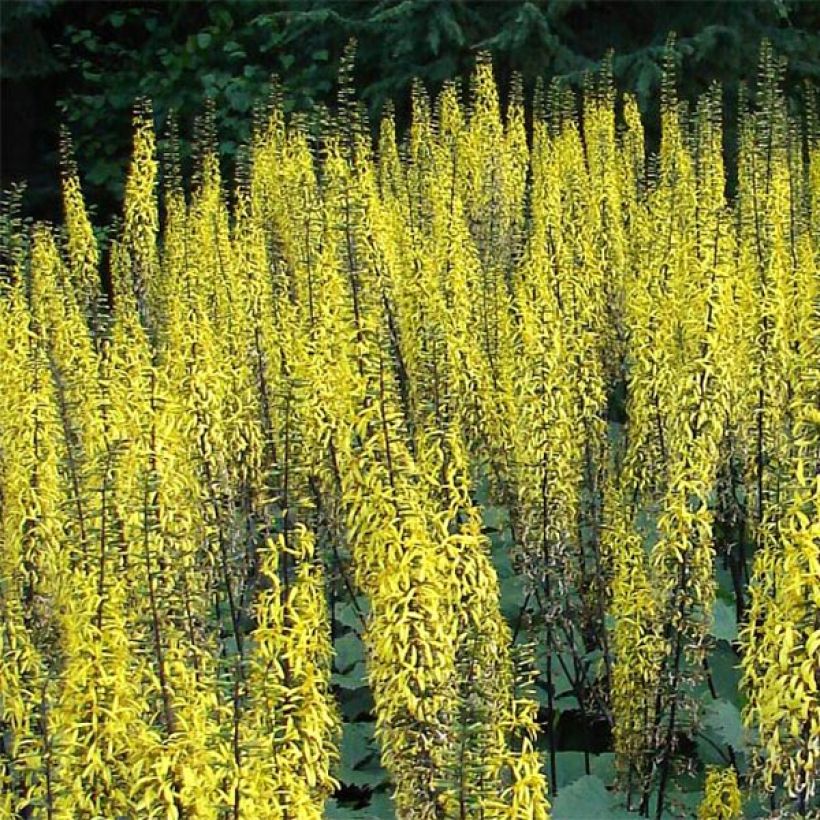

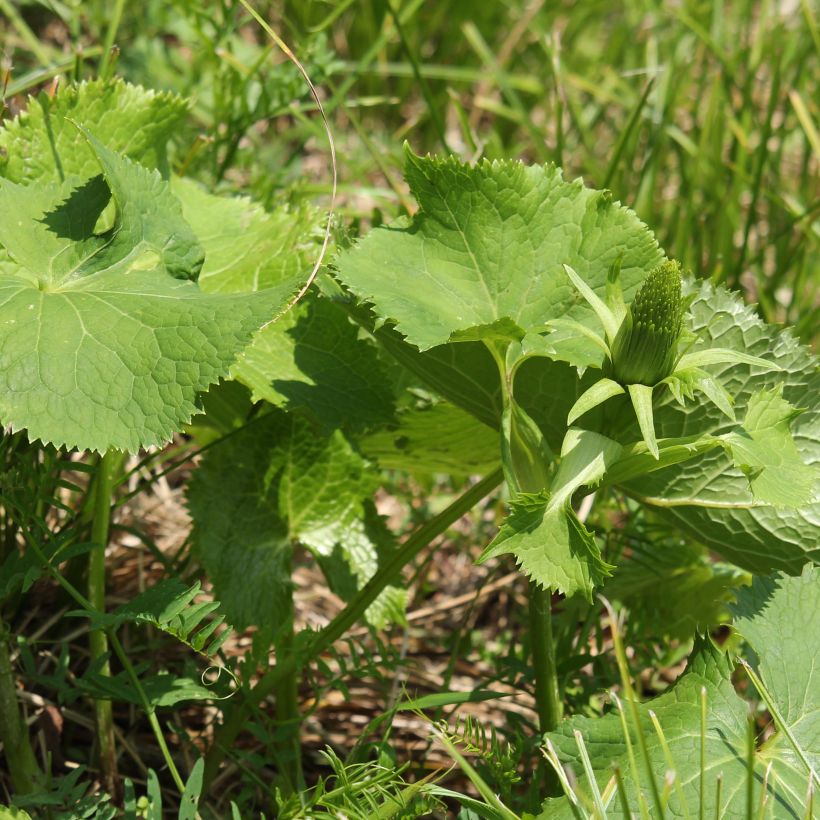

Flowering
Foliage
Plant habit
Botanical data
Ligularia
stenocephala
Asteraceae
Narrow-headed Leopard Plant
China
Other Ligularia
View all →Planting and care
Ligularia stenocephala is a vigorous and resistant plant, extremely hardy, capable of withstanding temperatures well below -20°C (-4°F). Having significant water requirements, its substrate must remain constantly moist. It should be planted in spring or autumn, in a humus-rich, loose, deep and moist soil, or in a heavy clay soil. It prefers partially shaded or complete shade positions, but can tolerate occasional sunny exposure as long as the soil remains damp and moist. Direct sunlight and drought cause its foliage to wilt and its flowers to fade. This is a sign that generous watering is needed. It is recommended to mulch the base with organic compost to maintain moisture in the soil in summer. It is advisable to place it in a sheltered location from strong winds, which can bend its flower stalks and damage its foliage. Staking of the flower stems can be done to support them during flowering. A very easy plant to maintain, it only requires the removal of damaged leaves and the cutting back of faded stems. In spring, a compost application will be beneficial for abundant flowering. Tidy the clump at the end of winter. As it establishes slowly, it is recommended to leave Ligularia in place for a long time. Propagation can be done by dividing the clumps in spring or autumn. Although it is not susceptible to any diseases, its young foliage is a feast for snails and slugs. Monitor the emergence of young leaves to prevent any gastropod invasion.
Planting period
Intended location
Care
Planting & care advice
-
, onOrder confirmed
Reply from on Promesse de fleurs
Similar products
Haven't found what you were looking for?
Hardiness is the lowest winter temperature a plant can endure without suffering serious damage or even dying. However, hardiness is affected by location (a sheltered area, such as a patio), protection (winter cover) and soil type (hardiness is improved by well-drained soil).

Photo Sharing Terms & Conditions
In order to encourage gardeners to interact and share their experiences, Promesse de fleurs offers various media enabling content to be uploaded onto its Site - in particular via the ‘Photo sharing’ module.
The User agrees to refrain from:
- Posting any content that is illegal, prejudicial, insulting, racist, inciteful to hatred, revisionist, contrary to public decency, that infringes on privacy or on the privacy rights of third parties, in particular the publicity rights of persons and goods, intellectual property rights, or the right to privacy.
- Submitting content on behalf of a third party;
- Impersonate the identity of a third party and/or publish any personal information about a third party;
In general, the User undertakes to refrain from any unethical behaviour.
All Content (in particular text, comments, files, images, photos, videos, creative works, etc.), which may be subject to property or intellectual property rights, image or other private rights, shall remain the property of the User, subject to the limited rights granted by the terms of the licence granted by Promesse de fleurs as stated below. Users are at liberty to publish or not to publish such Content on the Site, notably via the ‘Photo Sharing’ facility, and accept that this Content shall be made public and freely accessible, notably on the Internet.
Users further acknowledge, undertake to have ,and guarantee that they hold all necessary rights and permissions to publish such material on the Site, in particular with regard to the legislation in force pertaining to any privacy, property, intellectual property, image, or contractual rights, or rights of any other nature. By publishing such Content on the Site, Users acknowledge accepting full liability as publishers of the Content within the meaning of the law, and grant Promesse de fleurs, free of charge, an inclusive, worldwide licence for the said Content for the entire duration of its publication, including all reproduction, representation, up/downloading, displaying, performing, transmission, and storage rights.
Users also grant permission for their name to be linked to the Content and accept that this link may not always be made available.
By engaging in posting material, Users consent to their Content becoming automatically accessible on the Internet, in particular on other sites and/or blogs and/or web pages of the Promesse de fleurs site, including in particular social pages and the Promesse de fleurs catalogue.
Users may secure the removal of entrusted content free of charge by issuing a simple request via our contact form.
The flowering period indicated on our website applies to countries and regions located in USDA zone 8 (France, the United Kingdom, Ireland, the Netherlands, etc.)
It will vary according to where you live:
- In zones 9 to 10 (Italy, Spain, Greece, etc.), flowering will occur about 2 to 4 weeks earlier.
- In zones 6 to 7 (Germany, Poland, Slovenia, and lower mountainous regions), flowering will be delayed by 2 to 3 weeks.
- In zone 5 (Central Europe, Scandinavia), blooming will be delayed by 3 to 5 weeks.
In temperate climates, pruning of spring-flowering shrubs (forsythia, spireas, etc.) should be done just after flowering.
Pruning of summer-flowering shrubs (Indian Lilac, Perovskia, etc.) can be done in winter or spring.
In cold regions as well as with frost-sensitive plants, avoid pruning too early when severe frosts may still occur.
The planting period indicated on our website applies to countries and regions located in USDA zone 8 (France, United Kingdom, Ireland, Netherlands).
It will vary according to where you live:
- In Mediterranean zones (Marseille, Madrid, Milan, etc.), autumn and winter are the best planting periods.
- In continental zones (Strasbourg, Munich, Vienna, etc.), delay planting by 2 to 3 weeks in spring and bring it forward by 2 to 4 weeks in autumn.
- In mountainous regions (the Alps, Pyrenees, Carpathians, etc.), it is best to plant in late spring (May-June) or late summer (August-September).
The harvesting period indicated on our website applies to countries and regions in USDA zone 8 (France, England, Ireland, the Netherlands).
In colder areas (Scandinavia, Poland, Austria...) fruit and vegetable harvests are likely to be delayed by 3-4 weeks.
In warmer areas (Italy, Spain, Greece, etc.), harvesting will probably take place earlier, depending on weather conditions.
The sowing periods indicated on our website apply to countries and regions within USDA Zone 8 (France, UK, Ireland, Netherlands).
In colder areas (Scandinavia, Poland, Austria...), delay any outdoor sowing by 3-4 weeks, or sow under glass.
In warmer climes (Italy, Spain, Greece, etc.), bring outdoor sowing forward by a few weeks.






























